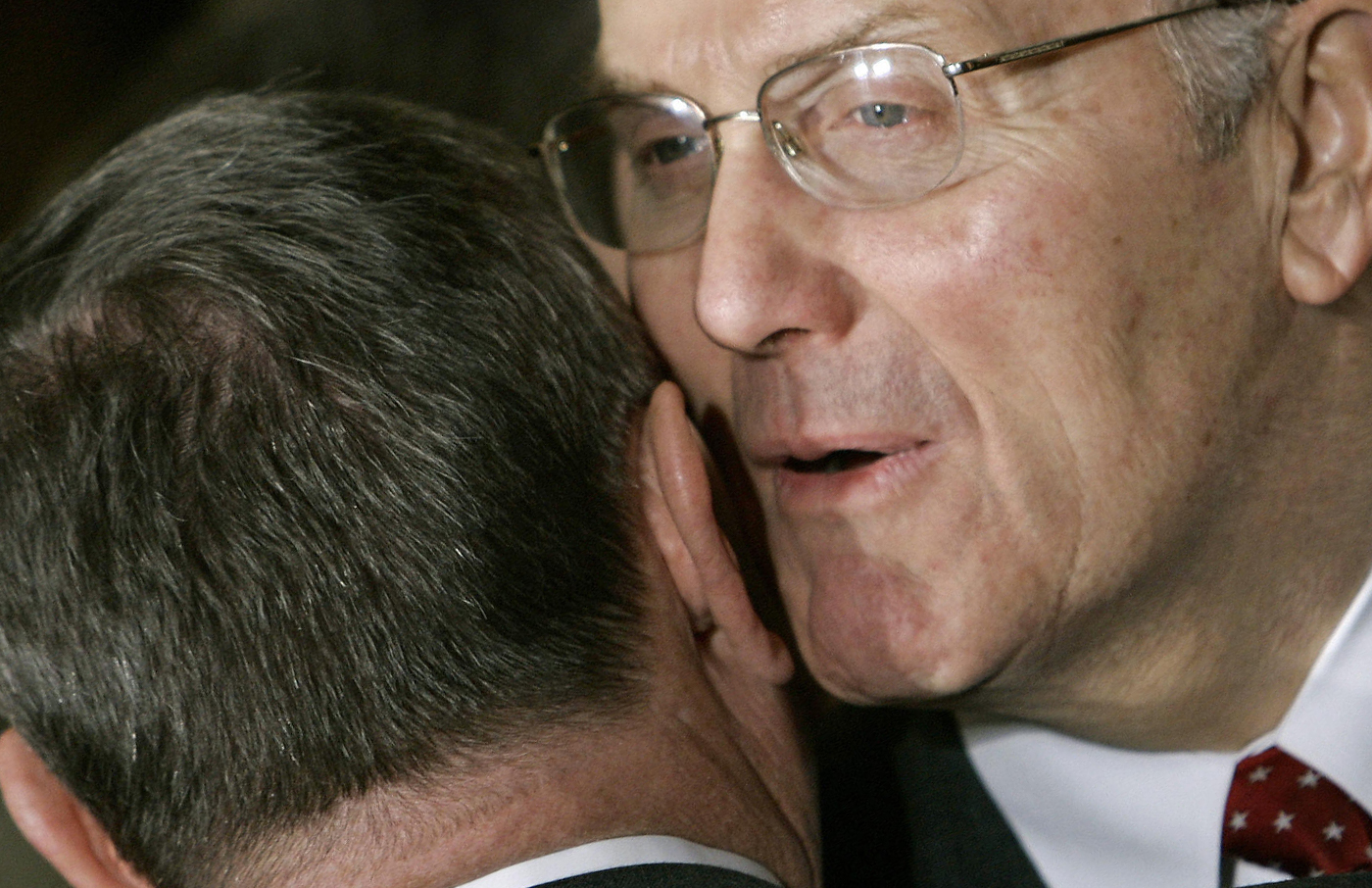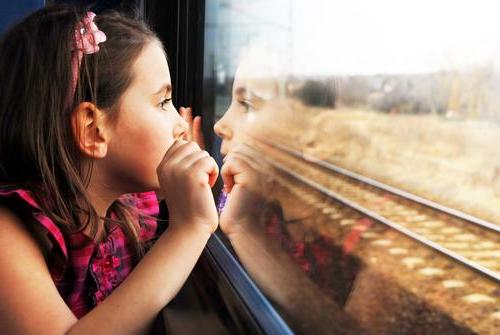How (Fallible) Memory Makes the Self

What’s the Latest Development?
The fallibility of our memories is well documented. Many studies have shown that eyewitness accounts are unreliable and, in an experiment conducted at a British university, people who were shown fake photos of their childhood—their bodies had been digitally inserted into others’ vacation photos—came to have memories of those events, sometimes extremely vivid ones. Memory researcher Martin Conway says there are two opposing forces in every memory: recalling what actually happened and fitting the memory with what the self requires.
What’s the Big Idea?
While memory has been portrayed as an automatic system of recall, considering how it serves us in an evolutionary sense gives a more accurate picture. Memory, much like everything at its base, is adapted to help us survive. “There is only a limited evolutionary advantage in being able to reminisce about what happened to you, but there is a huge payoff in being able to use that information to work out what is going to happen next. … Memory is endlessly creative, and at one level it functions just as imagination does.”
Photo credit: shutterstock.com




